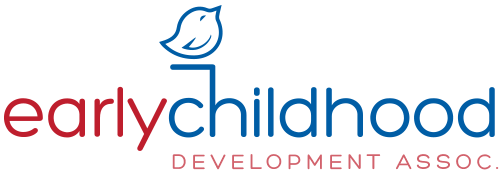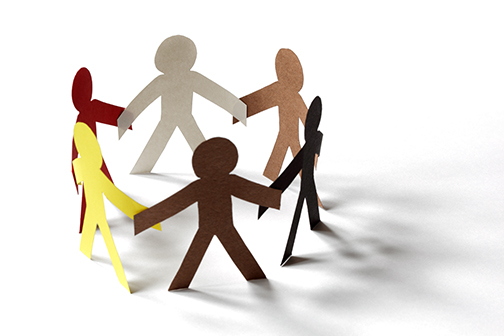(Originally published March 1st, 2020)
The topic of race and ethnic differences is endlessly complex, no matter how we approach it. It is not surprising that when it comes to discussing race with children, many parents (especially white parents) tend to address the subject superficially or avoid it altogether. Even social scientists believed for a long time that simply calling attention to race at an early age was how racial and ethnic biases would enter a child’s mind. However, recent studies in the field revealed that children not only notice differences in people’s physical characteristics but begin to assign meaning to those differences at a very early age. (You can read more about toddlers’ perception of race in our blog post 5 Reasons to Teach Your 2 Year-Old About Race and Diversity Without proper guidance, children run the risk of turning to social biases and trends to make sense of the differences in skin tone, hair texture, traditional clothes, or cultural practices. Parents’ willingness to openly discuss variations in racial, ethnic, and cultural characteristics can help children understand and process this information and develop positive attitudes about people whose race or ethnicity is different from their own.
Here are some tips that can help you when approaching issues of race and ethnicity with toddlers:
Start naming and identifying race as part of your description of the world
As we read books or watch TV with our children, we try to describe the world to them. We can introduce a description of racial differences naturally when we talk about the characteristics of our environment. It might sound like: “Here’s a picture of a little girl. She has brown skin. She might call herself “black” or “African-American”. Here is a picture of a little boy. His skin is pale. We call that “white.” This is how we begin to make it clear for a child that while there may be clear differences in our appearances, “different” doesn’t equal “bad”.
Practice pushing past your own discomfort
If you feel like talking about race doesn’t come easily, know that you are not alone. A recent MTV survey found that millennials, who overwhelmingly profess a belief in equality, also find talking about race challenging. If you find this is a difficult conversation to have, look for help! In our parenting groups, we facilitate lively discussion and role-play that helps patents overcome discomfort and develop the appropriate vocabulary to speak to their children about race.
Talk to your children about when and where to discuss ethnicity and race
It is not uncommon for a parent to worry about how and when their toddler will choose to express their awareness of racial differences. A small child’s directness, curiosity, or naiveté might produce the most cringe-worthy question or statement. But if a child makes a comment about someone’s hairstyle or skin color, however embarrassing it may be for the parent, it could become a teachable moment. We can explain that even though we might notice the color of someone’s skin or hair, or their size, it’s not respectful to point to people and say something about their appearance. A child may be able to appreciate the idea that it is better to refer to people by their names and not by what they look like. We can also help the child understand the difference between a public and a private space, and explain that the in-depth conversation you can have a home may need to be abridged in a subway car or in the supermarket.
Find a way to include discussion of cultural biases in talking about race or ethnicity
Make sure that images or messages about race or ethnicity that you find unacceptable do not go unnoticed. If you can find a way to talk to your child about racial biases and prejudices, it could be a key conversation in the child’s understanding of fairness and equality. Because fairness is a concept that kids grasp early in life, they may be able to comprehend the unfairness of prejudice and discrimination. Once they understand the problem, see if you can inspire them to plan action. Your child’s future contributions to the culture-wide change may start with those early conversations. As an example, if you see a book that lacks diversity, you can talk to your child about writing a letter to the publisher and asking them to include more diverse characters.
Attend a range of cultural events
On any given day there might be a number of cultural events held throughout the city, especially in a metropolitan area like Los Angeles. Be it Obon festival in Little Tokyo, or a Kwanzaa celebration in Mid-City, these events are not only rich in cultural tradition, but they are inclusive and fun. Attending these events, meeting new people, hearing different languages and music, and sampling exciting foods can be a special way to demonstrate to your child the many benefits of cultural and ethnic diversity.
Make lots of friends!
When it comes to helping children accept and celebrate our differences, nothing is more effective than having direct contact with people from different groups without relying on stereotypes. Learning and playing together is the best way to celebrate our differences and similarities. It is equally important that our own social lives are in line with what we try to teach our kids: that we spend time with people who don’t look like us and whose cultural background differs from our own. The bottom line is: if we want to live in a diverse and inclusive society, we need to address institutional problems that keep us apart in every way we can.


Recent Comments